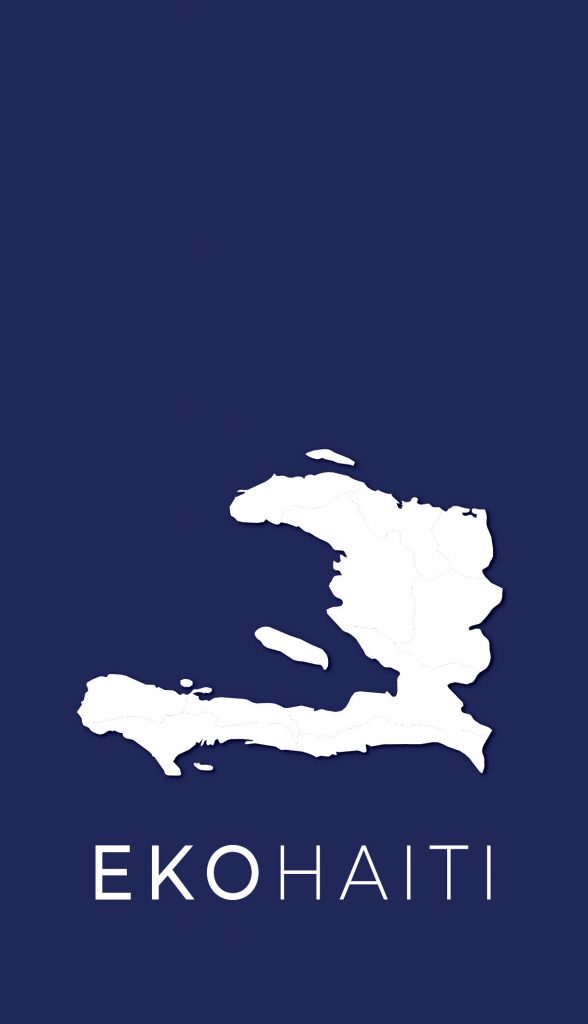The dissertation that follows is an inter-disciplinary study of the ways in which a range of individuals with varying stakes and motivations have constructed a category called “Haitian Art” during a period beginning prior to World War II and extending to the present day. Haitian Art, like any cultural product ascribed to a group of people, is a taxonomic construction that subsumes a diverse and complex set of artistic and cultural practices under a limited and often questionable rubric. Over decades, international connections between Haiti and the US have consistently influenced and directed visual arts production in Haiti. Historically, tourism has played an outsized role in facilitating these cross-cultural contacts and exchanges between Haitian artists and expatriate visitors to Haiti. More recently, “traditional” forms of tourism have given way to visitors who travel to Haiti, not for purposes of leisure, but in response to the myriad crises that have afflicted the country. For this thesis, I argue that movements of people, ideas, and art objects have contributed to narratives of “Haiti” that have circulated throughout the United States vis-à-vis the production, acquisition, and exhibition of works made by Haitian artists. While the geographic focus of this dissertation is primarily on Haiti and the United States, I argue that entangled international networks of circulation and exchange rooted in deeper historical models reveal broad, globalized iniquities and imbalances in which individuals with varying degrees of agency and input interact cross-culturally within the realm of visual arts.
Open Source Archives
We strive to facilitate interdisciplinary collaboration and the implementation of progressive and participatory research methods, with the goal of generating tangible, durable changes in the way research about Haiti is conceptualized, implemented and applied.

ABOUT US
Research Hub & Open Source Archives
EKO HAITI Research Hub is a research and knowledge mobilization platform focused on creative, collaborative and interdisciplinary research and associated research-based learning. We aim to become the intellectual “home” for research about Haiti by creating and providing open access to the largest crowdsourced research archive dedicated to Haiti, by fostering cross-disciplinary research and innovation, and by providing support for progressive research in the form of contextual expertise and training.
“The trees fall from time to time, but the voice of the forest never loses its power. Life begins.”
Jacques Alexis, Les Arbres Musiciens (Paris, 1957)





ORAL HISTORIES
Oral histories are a powerful tool in developing historical understanding
Oral history offers an alternative to conventional history, filling gaps in traditional research with personal accounts of historically significant events or simply life in a specific place and time. Oral histories do more than provide charming details to dry historical accounts. In fact, oral histories help others recapture lived experiences that are not written down in traditional sources.
> Transcripts archive

" Bwa pi wo di li wè lwen, men grenn pwomennen di li wè pi lwen pase l "
The tallest tree says that it sees far, but the seed that travels says that it sees even further.
GET INVOLVED
Support EKO HAITI
As an independent institute, we rely on crowdsourcing and donations to continue expanding the depth and scope of our archives. Your contribution enable us to provide open access to a vast collection of ethnographic and research material which in turn aims at fostering further research and contribute to a better understanding of the country.

